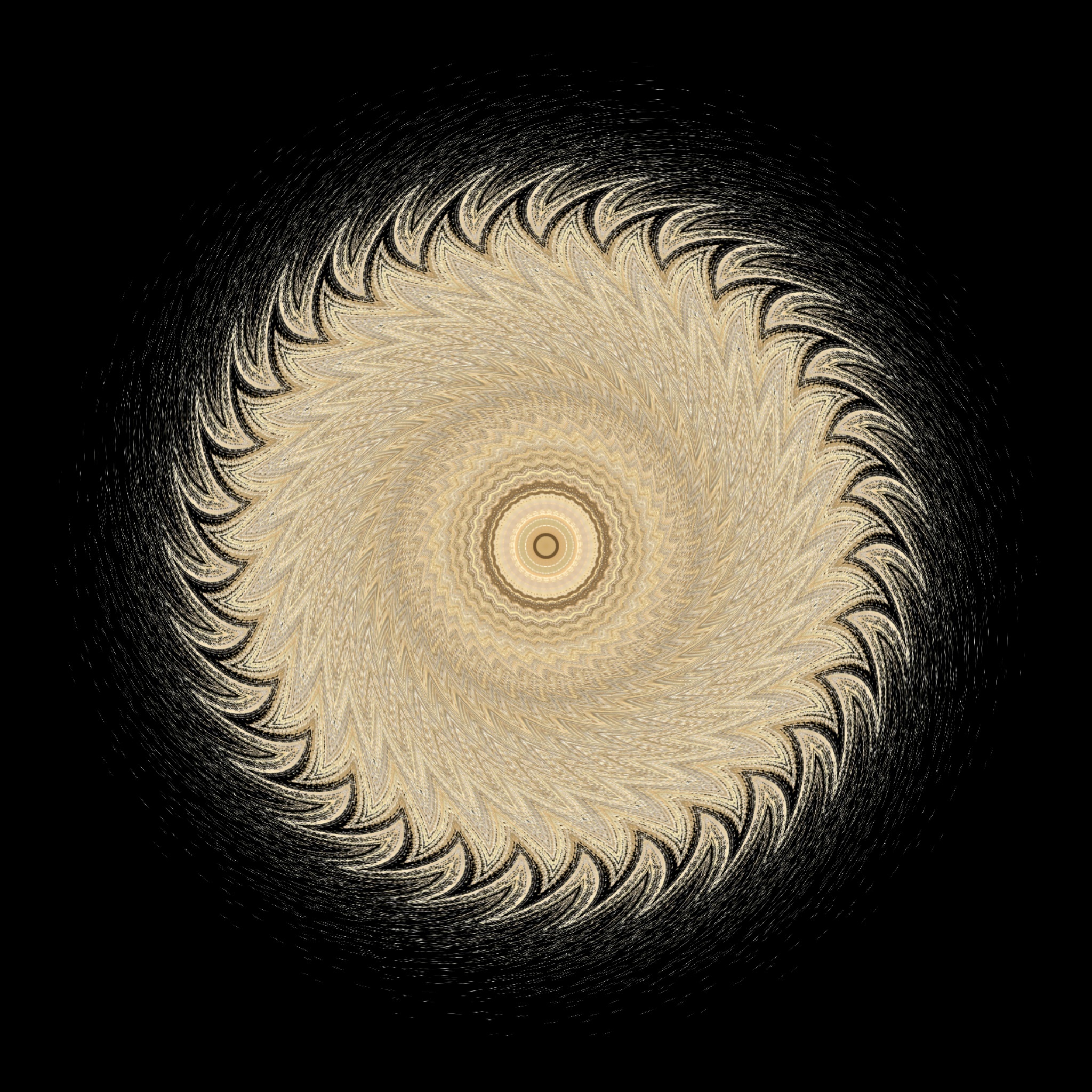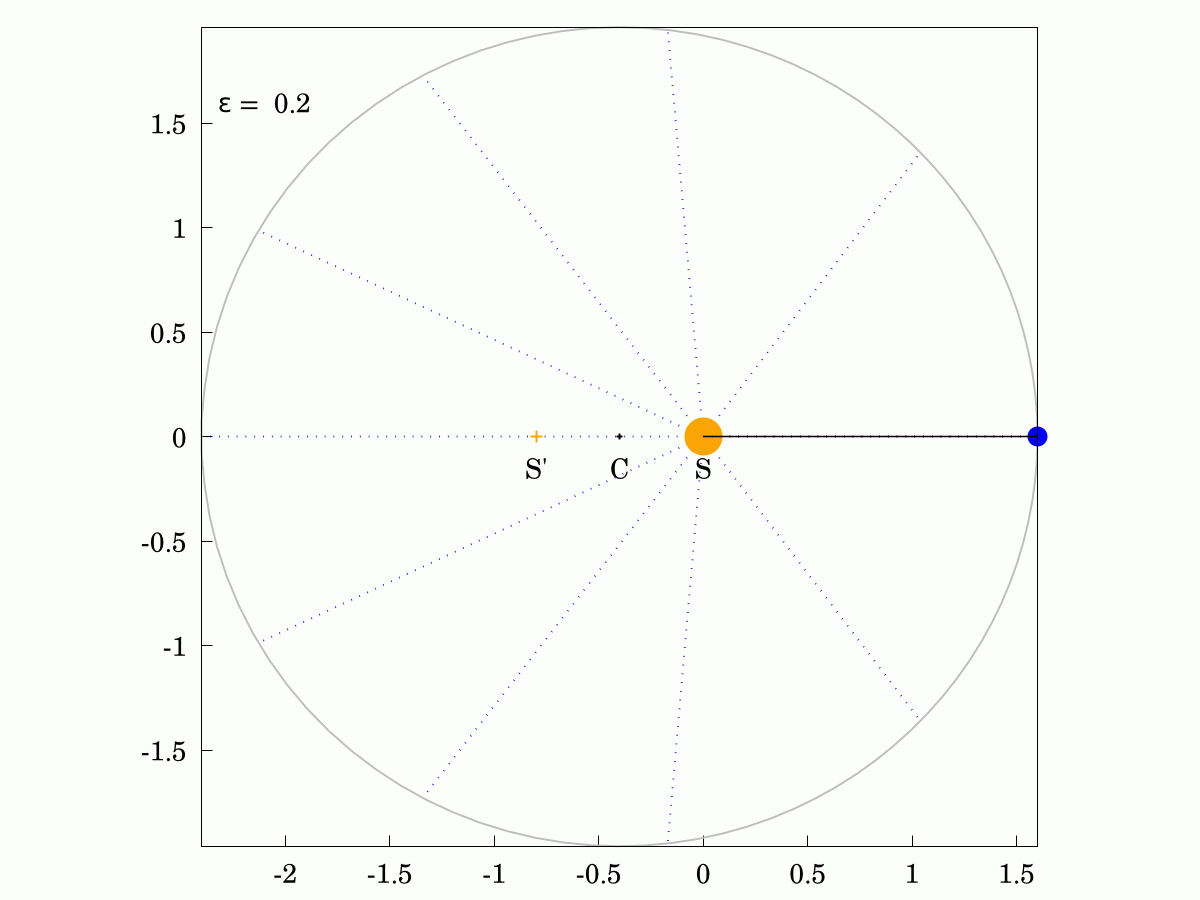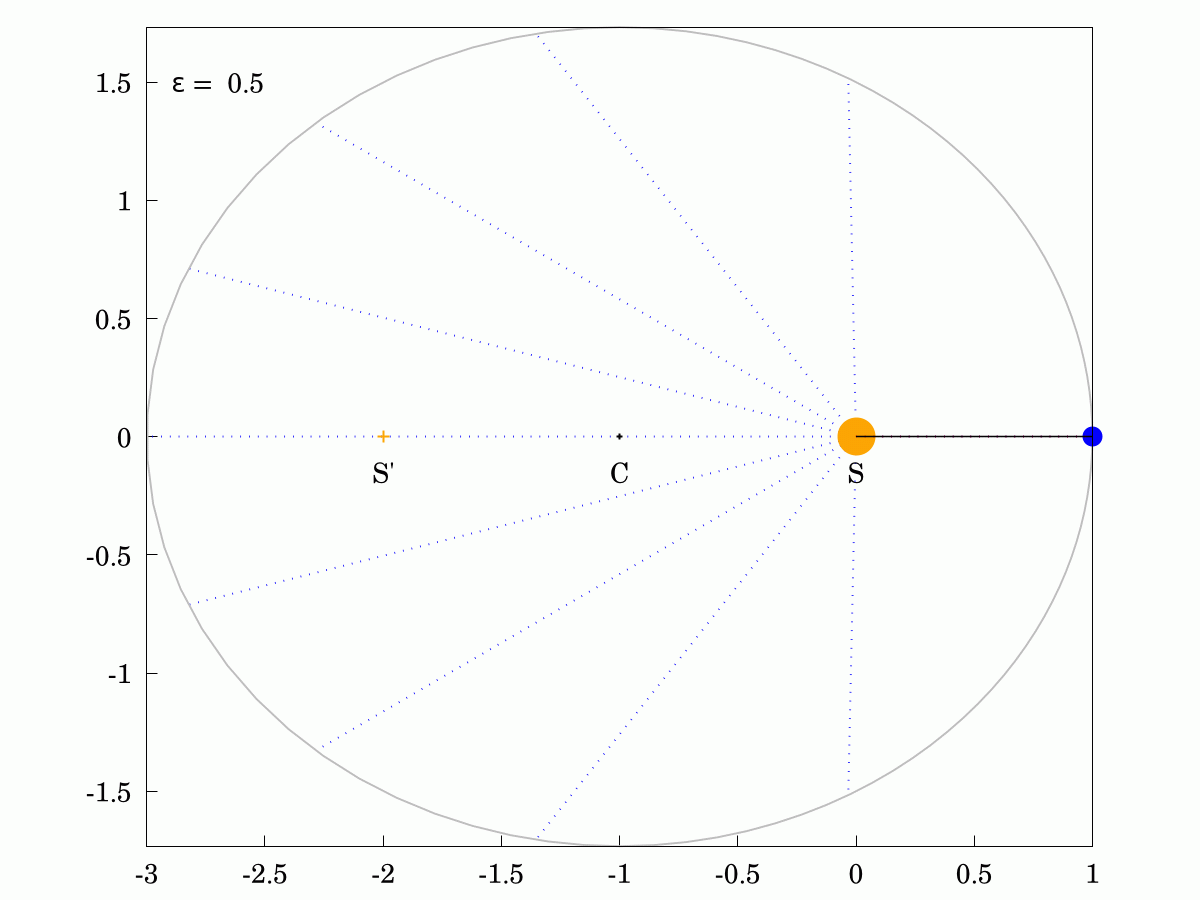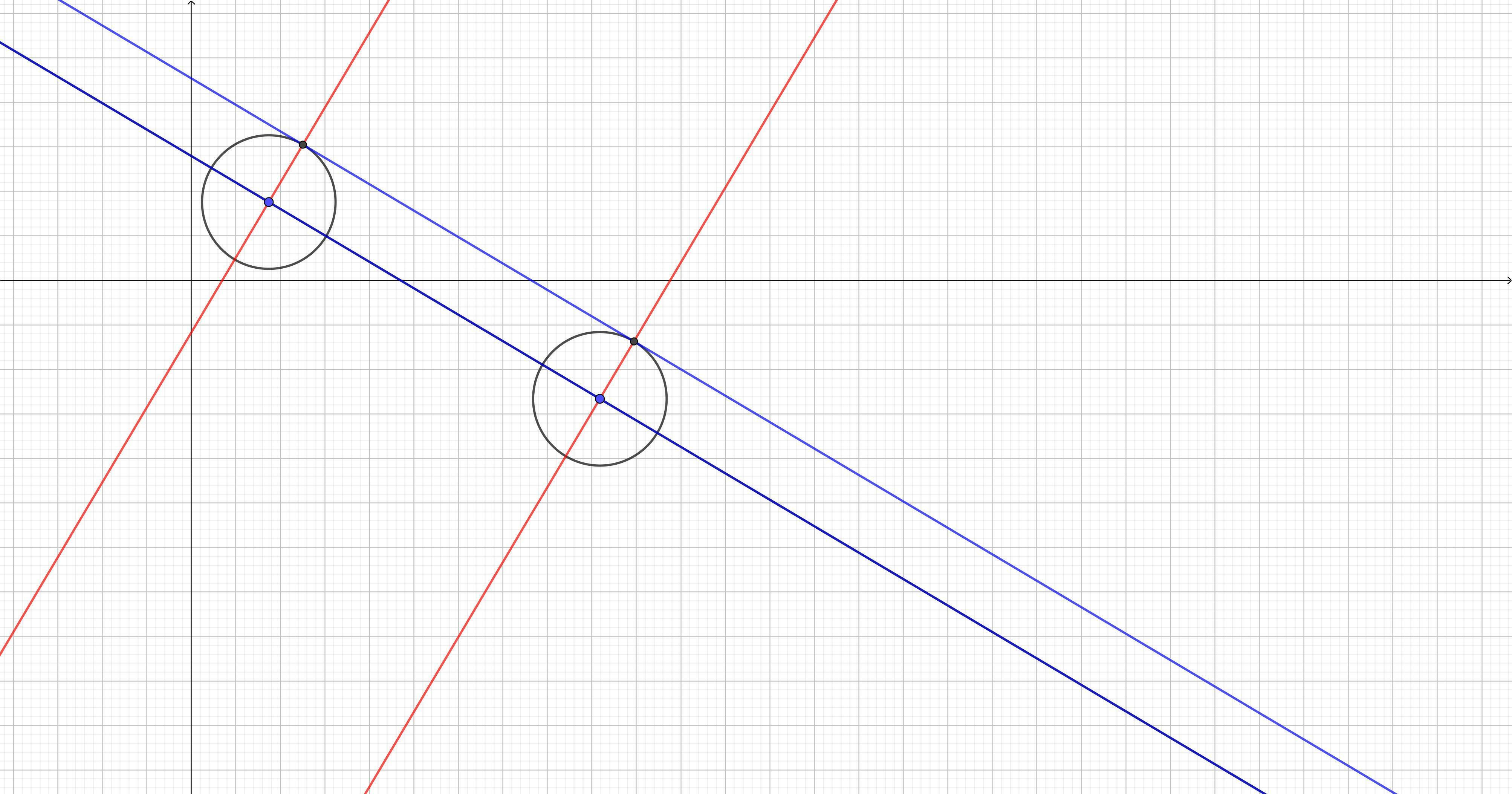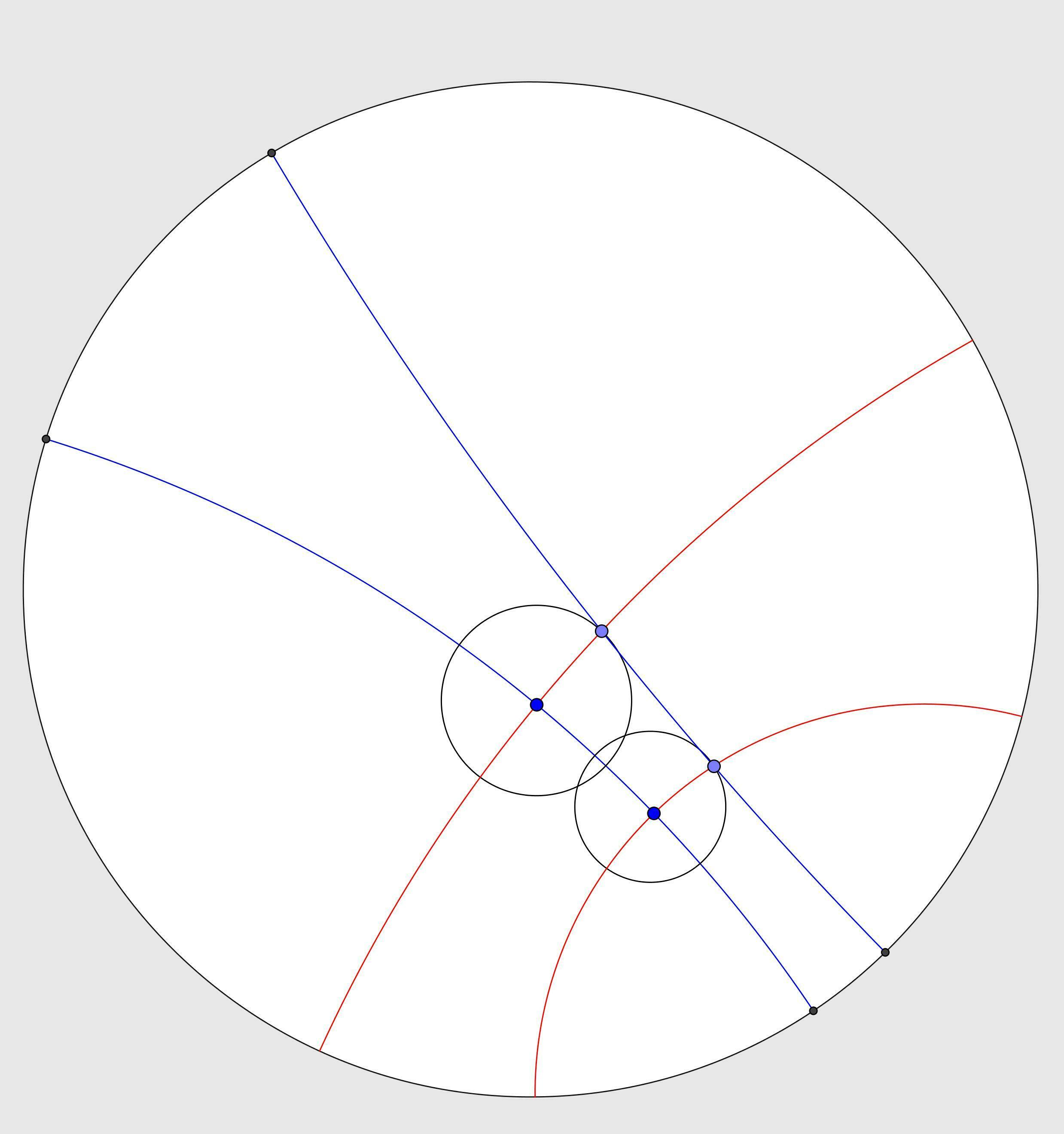#CropCircles Are Not What You Think | Top Secret Alien UAP & #UFO News with Dr. #StevenGreer:
Source: https://youtube.com/watch?v=BTERk4se3sQ
#Crop #Circles Are Not What You Think | Top Secret Alien UAP & UFO News with Dr. Steven Greer
History of UFO Disclosure - Are crop circles messages from beyond or just another UFO anomaly? Dr. Steven Greer explores mysterious crop formations, featuring eyewitness accounts and theories of advanced technology, hinting at an extraterrestrial or transdimensional origin for authentic circles.
About Dr. Steven Greer:
Dr. Steven Greer is renowned for his dedication to disclosing classified UFO and extraterrestrial information. Over the past 30 years, he has briefed senior government officials worldwide, conducted hundreds of interviews, press conferences, and lectures. As the author of five books and the producer of documentaries seen by millions, he continues to educate people on peaceful contact with interstellar civilizations, the world of UFOs and UAPs, CE5 contact protocols, meditation techniques, and the transformative power of free energy. Dive into our discussions on Close Encounters, Unacknowledged, the Lost Century, and other documentaries, movies, and trailers. His podcasts with Joe Rogan, Patrick Bet David, Shawn Ryan, Danica Patrick, Logan Paul, Bob Lazar and other pioneers cover topics like remote viewing, ancient mysteries, Area 51, alien sightings, and advanced technology.










